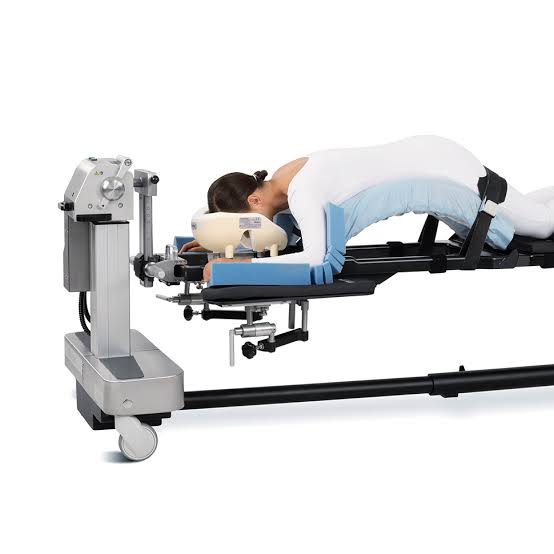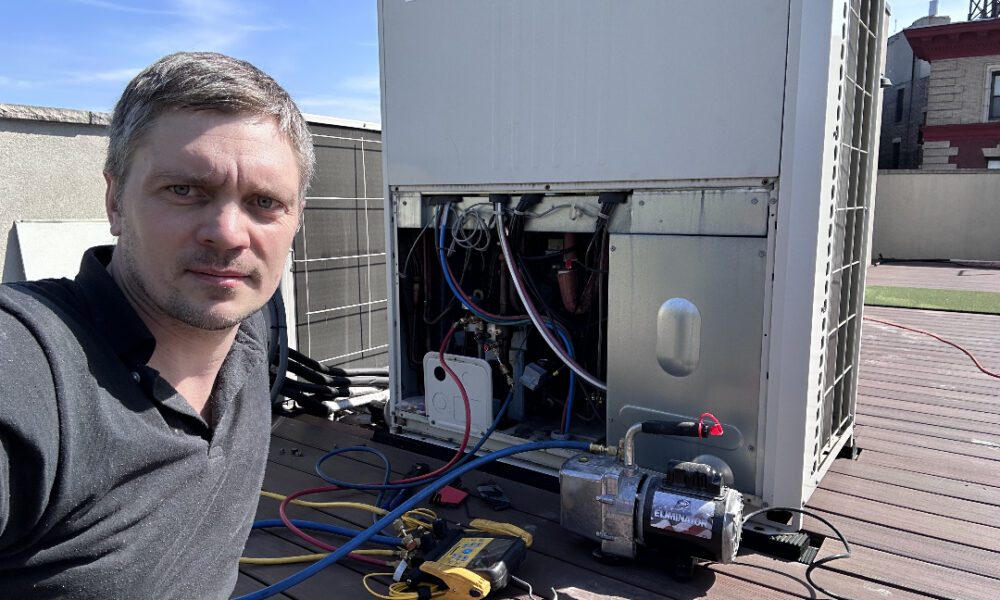In the realm of spinal surgery, precision and patient safety are paramount. Positioning systems play a crucial role in enabling surgeons to access specific areas of the spine while minimizing risks such as pressure injuries or compromised ventilation. One commonly used system in this context is the Wilson frame, known for its simplicity and efficacy. However, with technological advancements and a growing focus on ergonomics and patient outcomes, many spine surgeons and hospital administrators are considering alternatives. This blog will explore the pros and cons of the Wilson frame, examine competing devices, and offer guidance on how to choose the right spine positioning system for your practice.
Understanding the Wilson Frame
The Wilson frame is a surgical positioning device designed to support patients in the prone position during lumbar spine procedures. It consists of two radiolucent curved pads that can be adjusted to increase or decrease spinal flexion. The device is often used in conjunction with an operating room (OR) table and provides enhanced access to the posterior lumbar spine.
Benefits:
- Radiolucency: Facilitates clear imaging during intraoperative fluoroscopy or X-ray.
- Spinal Flexion Control: Adjustable pads allow surgeons to control lumbar lordosis.
- Compact Design: Easy to store and relatively simple to set up.
- Cost-Effective: More affordable than many modern, specialized platforms.
Drawbacks:
- Limited Padding: May cause pressure injuries, especially during longer procedures.
- Fixed Range of Motion: Less adaptable for complex anatomical variations.
- Manual Adjustments: Requires manual fine-tuning, which may affect workflow.
Evaluating Alternatives to the Wilson Frame
As surgical needs evolve, so do the tools. Several innovative spine positioning systems have emerged as viable alternatives to the Wilson frame. Let’s take a closer look at the most notable options.
1. Jackson Table with Modular Frame
The Jackson Table is often used in spinal and orthopedic procedures due to its modular design and enhanced versatility.
Pros:
- Superior support and padding reduce the risk of pressure injuries.
- Modular components allow for various surgical positions.
- Integrated rotation and traction capabilities.
- High weight capacity and stability.
Cons:
- Expensive upfront cost.
- Bulky and requires significant storage space.
- More complex setup requiring additional staff training.
2. Allen Spine System
Developed by Hill-Rom, the Allen Spine System integrates with standard OR tables and provides enhanced patient safety and surgeon access.
Pros:
- Interchangeable components for customized support.
- Radiolucent frame suitable for advanced imaging.
- Offers better chest and abdominal support.
Cons:
- Costlier than Wilson frame.
- May not be compatible with all OR table models.
3. OSI Modular Table System
Orthopedic Systems Inc. (OSI) offers a modular table system that includes specialized attachments for spinal procedures.
Pros:
- Designed for complex spine surgeries.
- Provides superior anatomic positioning.
- Highly adjustable and ergonomic.
Cons:
- High learning curve.
- Premium pricing.
Key Considerations for Selecting a Spine Positioning System
Choosing the right positioning system involves more than comparing technical specs. Here are key factors to guide your decision-making:
1. Surgical Case Mix
If your practice primarily handles routine lumbar procedures, the Wilson frame may be sufficient. For complex deformity corrections or multilevel fusions, a more advanced modular system may be necessary.
2. Patient Safety
Preventing pressure sores and ensuring airway access are critical. Systems with enhanced padding and better anatomical conformity reduce the risk of postoperative complications.
3. Imaging Requirements
Radiolucency is essential for intraoperative imaging. While the Wilson frame supports this, other systems may offer enhanced imaging compatibility.
4. Budget Constraints
The Wilson frame offers a good balance of functionality and affordability. However, investing in a more advanced system can pay off in the long run through improved outcomes and reduced reoperation rates.
5. Storage and Transport
Some advanced systems are bulky and require dedicated storage and transport equipment. If your OR has limited space, compact options like the Wilson frame may be preferable.
6. Training and Staff Expertise
Consider how easily your team can adapt to a new system. Simple setups like the Wilson frame require minimal training, while modular systems may necessitate in-depth education and practice.
Making the Transition: Tips for a Smooth Upgrade
If you decide to move beyond the Wilson frame, here are some tips to ensure a seamless transition:
- Trial Programs: Many manufacturers offer trial periods or loaner units. Take advantage of these to evaluate the system in real surgical cases.
- Staff Training: Schedule training sessions with vendor representatives and use simulation labs to familiarize staff with setup and operation.
- Incremental Implementation: Introduce the new system in stages, starting with simpler cases before using it in complex procedures.
- Gather Feedback: Regularly solicit feedback from surgeons, anesthesiologists, and OR staff to assess performance and identify any issues.
Wilson Frame or Alternatives?
The Wilson frame remains a valuable tool for spine surgeries, especially in resource-limited settings or for straightforward lumbar procedures. However, as surgical techniques evolve and patient care expectations rise, it’s wise to assess whether an alternative spine positioning system might better serve your practice.
Factors such as surgical complexity, patient safety, imaging needs, and available budget all play a role in determining the best option. While the Wilson frame continues to be a cost-effective and reliable choice, modular systems like the Jackson Table, Allen Spine System, and OSI Table offer enhanced functionality and better ergonomics.
Ultimately, the right solution will align with your practice’s clinical demands, financial considerations, and commitment to optimal patient outcomes. Evaluate your options carefully, and don’t hesitate to pilot new systems to find the best fit.

































